-
 Bitcoin
Bitcoin $114400
1.32% -
 Ethereum
Ethereum $3499
2.20% -
 XRP
XRP $2.922
4.26% -
 Tether USDt
Tether USDt $0.0000
0.03% -
 BNB
BNB $752.6
1.53% -
 Solana
Solana $161.8
1.64% -
 USDC
USDC $0.9999
0.01% -
 TRON
TRON $0.3267
1.32% -
 Dogecoin
Dogecoin $0.1991
3.02% -
 Cardano
Cardano $0.7251
3.29% -
 Hyperliquid
Hyperliquid $38.32
3.36% -
 Stellar
Stellar $0.3972
7.58% -
 Sui
Sui $3.437
2.74% -
 Chainlink
Chainlink $16.29
3.65% -
 Bitcoin Cash
Bitcoin Cash $545.3
3.70% -
 Hedera
Hedera $0.2482
7.49% -
 Ethena USDe
Ethena USDe $1.001
0.03% -
 Avalanche
Avalanche $21.40
2.02% -
 Toncoin
Toncoin $3.579
1.56% -
 Litecoin
Litecoin $109.3
2.20% -
 UNUS SED LEO
UNUS SED LEO $8.951
-0.18% -
 Shiba Inu
Shiba Inu $0.00001220
2.75% -
 Polkadot
Polkadot $3.613
2.99% -
 Uniswap
Uniswap $9.173
3.78% -
 Monero
Monero $302.6
2.62% -
 Dai
Dai $0.0000
0.00% -
 Bitget Token
Bitget Token $4.320
1.52% -
 Pepe
Pepe $0.00001048
3.40% -
 Cronos
Cronos $0.1314
4.33% -
 Aave
Aave $259.4
3.54%
What is the custody mechanism of an Ethereum ETF?
Institutional-grade custody mechanisms, employed by third-party custodians or in-house, provide enhanced security, efficiency, and regulatory compliance for Ethereum ETFs.
Feb 18, 2025 at 04:36 pm
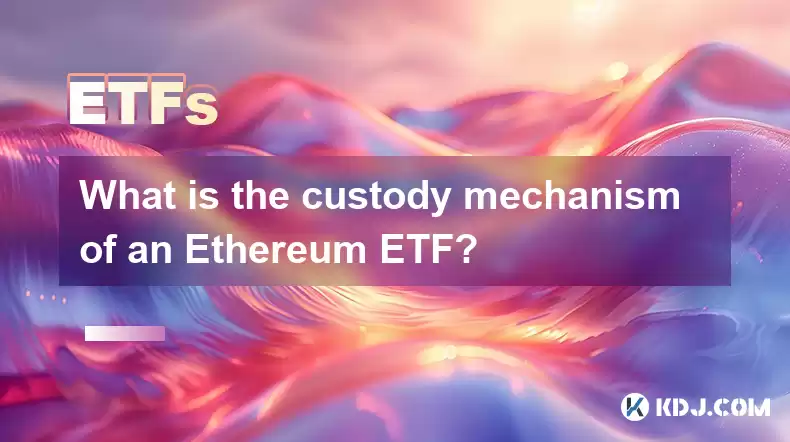
Key Points:
- Understanding Ethereum ETFs
- Custody Mechanisms for Ethereum ETFs
- Benefits of Institutional-Grade Custody
- Security Considerations for Ethereum ETF Custody
- Regulatory Compliance and Transparency
What is an Ethereum ETF?
An Ethereum ETF (exchange-traded fund) is a type of security that tracks the price of Ethereum (ETH), a popular cryptocurrency. It allows investors to gain exposure to the cryptocurrency market without directly holding or managing Ethereum themselves. ETFs are traded like traditional stocks on exchanges and offer investors various advantages, such as diversification, liquidity, and lower entry barriers compared to buying cryptocurrencies directly.
Custody Mechanisms for Ethereum ETFs
The custody of Ethereum ETFs plays a crucial role in ensuring the security and integrity of the investments. The following are common custody mechanisms employed for Ethereum ETFs:
- Third-Party Custodians: Custodians are regulated financial institutions that specialize in securely storing and managing assets. ETFs can engage third-party custodians to hold the underlying Ethereum and ensure its safekeeping and monitoring.
- In-House Custody: Some ETF issuers may maintain their own internal custody arrangements, leveraging advanced security protocols and infrastructure to store and manage the Ethereum. This approach allows for greater control over the assets and custody process.
- Underlying Ethereum Protocol: Ethereum ETFs can also utilize the security features of the underlying Ethereum blockchain. Smart contracts and decentralized protocols can be employed to manage and track the custody of the underlying Ethereum.
Benefits of Institutional-Grade Custody
Institutional-grade custody provides several advantages for Ethereum ETFs:
- Enhanced Security: Regulated custodians adhere to strict security protocols and standards, including robust encryption, multi-factor authentication, and geographical segregation of assets.
- Operational Efficiency: Custodians offer scalable infrastructure and operational support, ensuring efficient and timely execution of ETF transactions.
- Regulatory Compliance: Custodians maintain compliance with applicable regulations and standards, such as anti-money laundering (AML) and know-your-customer (KYC) requirements.
Security Considerations for Ethereum ETF Custody
To ensure the security of Ethereum ETFs, several factors should be considered:
- Cybersecurity Threats: Custodians need to implement robust cybersecurity measures to mitigate risks such as phishing attacks, malware, and hacks.
- Physical Security: The physical safeguarding of Ethereum is crucial, involving secure storage facilities, armed guards, and surveillance systems.
- Smart Contract Vulnerability: If the underlying Ethereum protocol or smart contracts experience vulnerabilities, it could impact the custody of the underlying Ethereum.
Regulatory Compliance and Transparency
Transparency and regulatory compliance are essential aspects of Ethereum ETF custody. ETFs are subject to disclosure requirements and regular audits to ensure transparency and accountability. Custodians must also adhere to relevant regulations and undergo periodic reporting and compliance audits.
FAQs
- Is Ethereum ETF custody different from the custody of physical Ethereum?
Yes, while both aim to protect the underlying asset, Ethereum ETF custody involves ETF-specific requirements, such as institutional-grade custody and regulatory compliance, which may not apply to directly holding Ethereum.
- Who has access to the Ethereum stored for an ETF?
The arrangement for access will depend on the specific custody model employed. Generally, only authorized custodians and asset managers, subject to rigorous access controls, would have access to the underlying Ethereum.
- What are the risks associated with Ethereum ETF custody?
Potential risks include cybersecurity breaches, theft, fraud, regulatory changes, and the inherent volatility of Ethereum's price.
- How can investors evaluate the security of an Ethereum ETF's custody mechanism?
Investors should review the custody arrangements, regulatory compliance measures, and security protocols implemented by the ETF custodian and the ETF issuer. The level of transparency and independent audits can provide insights into the effectiveness of the custody mechanism.
Disclaimer:info@kdj.com
The information provided is not trading advice. kdj.com does not assume any responsibility for any investments made based on the information provided in this article. Cryptocurrencies are highly volatile and it is highly recommended that you invest with caution after thorough research!
If you believe that the content used on this website infringes your copyright, please contact us immediately (info@kdj.com) and we will delete it promptly.
- Altcoin Rotation, Smart Money, and Investment Trends: What's the Deal?
- 2025-08-04 12:30:11
- Crypto, Pi Network, Movement: Is Pi Coin the Next Big Thing?
- 2025-08-04 12:30:11
- Bitcoin, Metaplanet, and Institutional Confidence: A New Era?
- 2025-08-04 12:50:12
- XRP Price, Ripple CTO, and Tokenized Finance: A New York Minute on Crypto
- 2025-08-04 12:50:12
- Pi Coin: Future Access or Early Adoption Blues?
- 2025-08-04 12:55:11
- Ethereum Liquidations Rock Crypto Market: What's a New Yorker to Do?
- 2025-08-04 13:00:17
Related knowledge
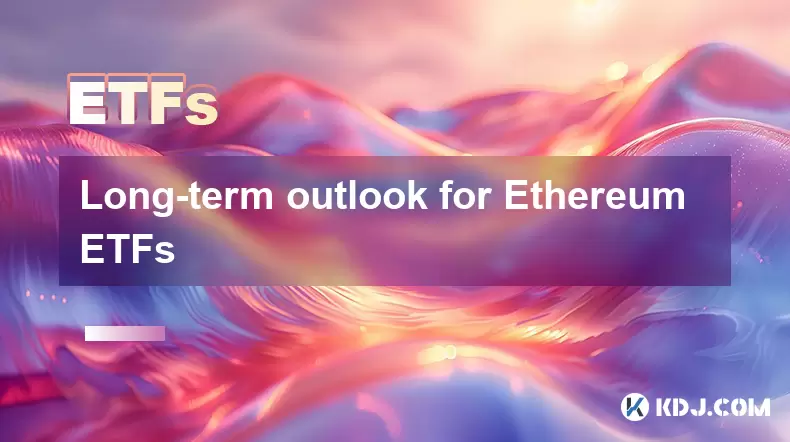
Long-term outlook for Ethereum ETFs
Jul 22,2025 at 06:42am
What Exactly Is an Ethereum ETF?An Ethereum Exchange-Traded Fund (ETF) is a financial product that tracks the price of Ethereum (ETH) and is traded on...
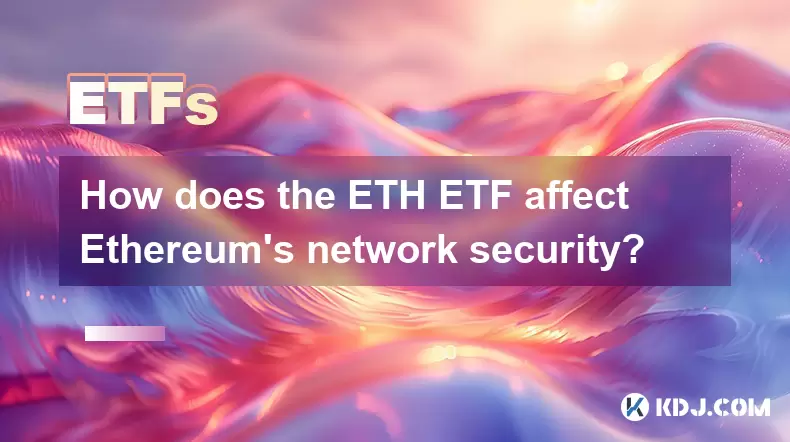
How does the ETH ETF affect Ethereum's network security?
Jul 17,2025 at 01:29pm
Understanding the ETH ETF ConceptAn Ethereum Exchange-Traded Fund (ETH ETF) is a financial product that allows investors to gain exposure to Ethereum ...
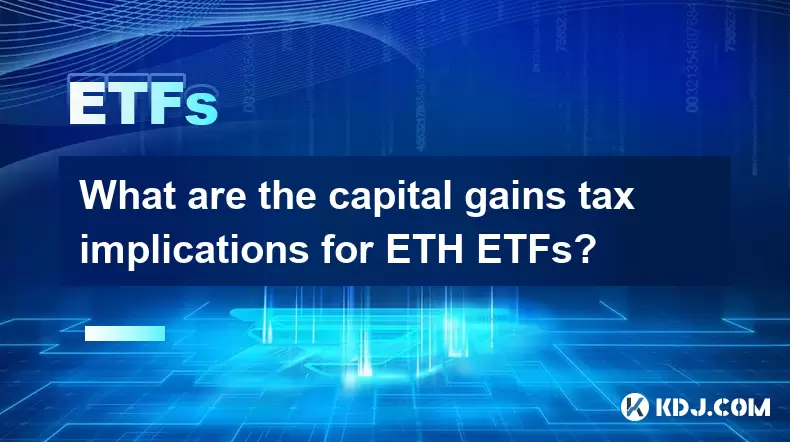
What are the capital gains tax implications for ETH ETFs?
Jul 18,2025 at 08:00am
Understanding Capital Gains Tax in Cryptocurrency InvestmentsCapital gains tax is a tax imposed on the profit realized from the sale of an asset that ...
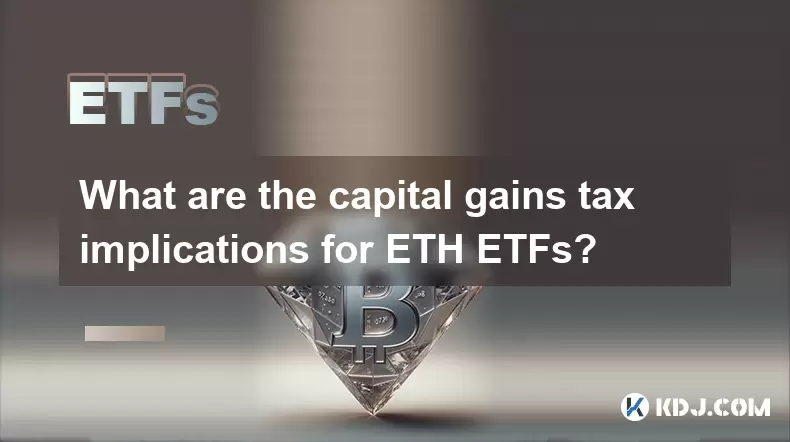
What are the capital gains tax implications for ETH ETFs?
Jul 21,2025 at 11:14am
Understanding ETH ETFs and Their TaxationAn Ethereum Exchange-Traded Fund (ETH ETF) allows investors to gain exposure to Ethereum without directly own...
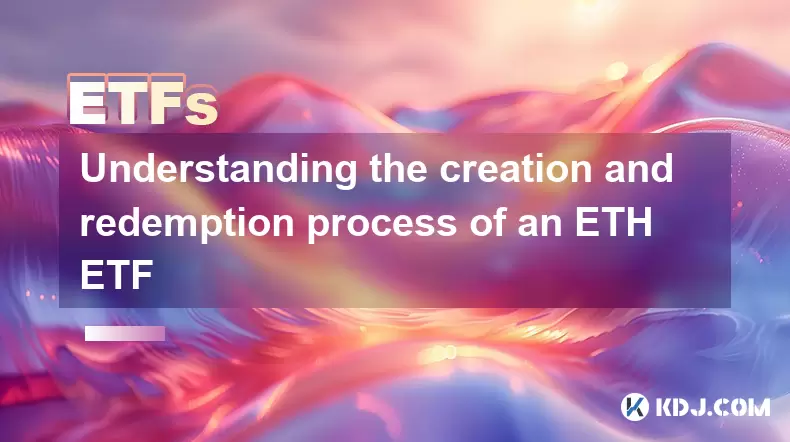
Understanding the creation and redemption process of an ETH ETF
Jul 19,2025 at 07:36am
What is an ETH ETF?An ETH ETF (Ethereum Exchange-Traded Fund) is a financial product designed to track the price of Ethereum without requiring investo...

How to analyze which ETH ETF is the best choice
Jul 19,2025 at 05:01pm
Understanding ETH ETFs and Their RelevanceEthereum Exchange-Traded Funds (ETFs) have emerged as a popular investment vehicle for those seeking exposur...

Long-term outlook for Ethereum ETFs
Jul 22,2025 at 06:42am
What Exactly Is an Ethereum ETF?An Ethereum Exchange-Traded Fund (ETF) is a financial product that tracks the price of Ethereum (ETH) and is traded on...

How does the ETH ETF affect Ethereum's network security?
Jul 17,2025 at 01:29pm
Understanding the ETH ETF ConceptAn Ethereum Exchange-Traded Fund (ETH ETF) is a financial product that allows investors to gain exposure to Ethereum ...

What are the capital gains tax implications for ETH ETFs?
Jul 18,2025 at 08:00am
Understanding Capital Gains Tax in Cryptocurrency InvestmentsCapital gains tax is a tax imposed on the profit realized from the sale of an asset that ...

What are the capital gains tax implications for ETH ETFs?
Jul 21,2025 at 11:14am
Understanding ETH ETFs and Their TaxationAn Ethereum Exchange-Traded Fund (ETH ETF) allows investors to gain exposure to Ethereum without directly own...

Understanding the creation and redemption process of an ETH ETF
Jul 19,2025 at 07:36am
What is an ETH ETF?An ETH ETF (Ethereum Exchange-Traded Fund) is a financial product designed to track the price of Ethereum without requiring investo...

How to analyze which ETH ETF is the best choice
Jul 19,2025 at 05:01pm
Understanding ETH ETFs and Their RelevanceEthereum Exchange-Traded Funds (ETFs) have emerged as a popular investment vehicle for those seeking exposur...
See all articles

























































































